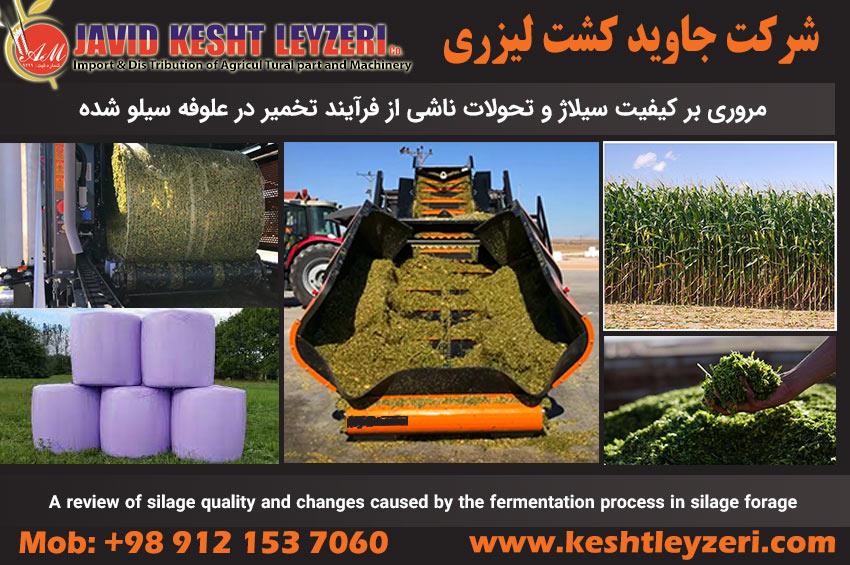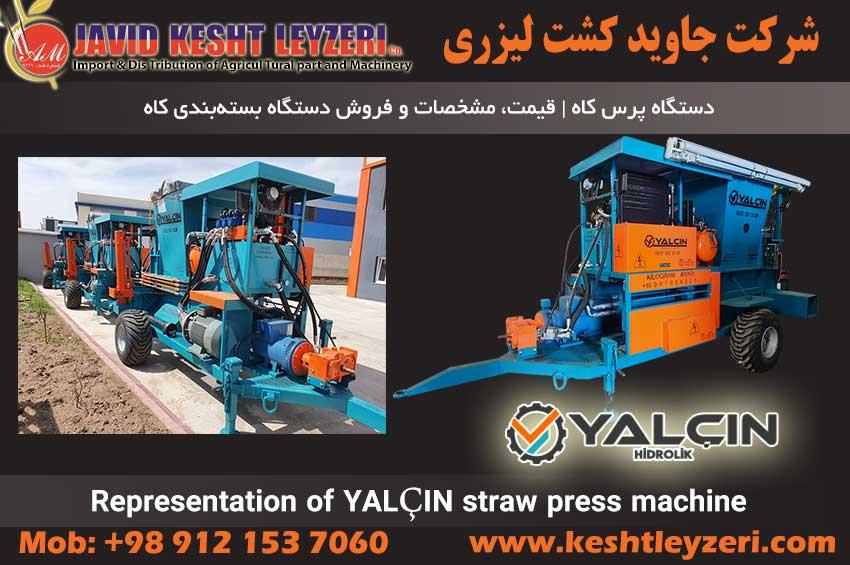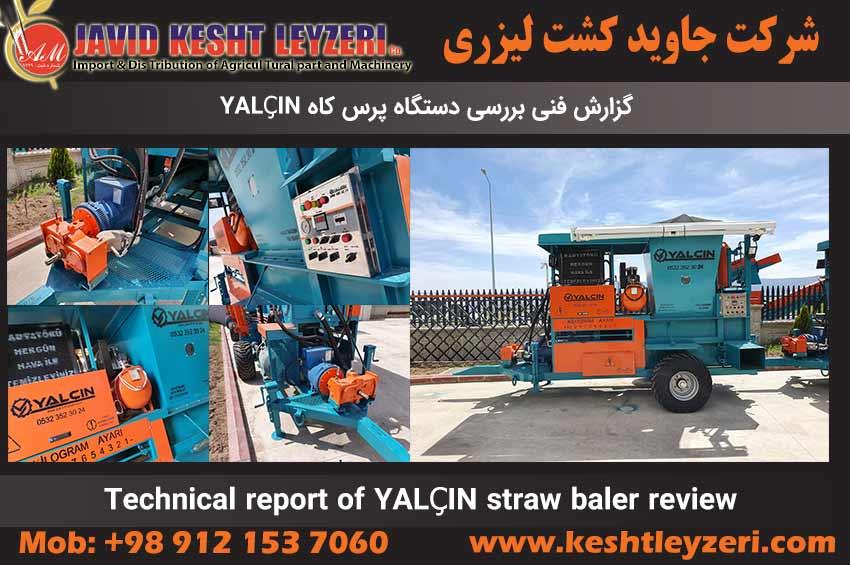
A review of silage quality and changes caused by the fermentation process in silage forage
javid keshtleyzeri Co.ltd
The first step in investigating effective bacteria in the process of ensiling fodder and all types of agricultural residues is to know the origin of the bacteria. There are two types of bacteria in fodder. First, the fodder itself, as there are many different microorganisms on the surface of the leaf and stem of the fodder and they go to the silage together with the fodder. Second, the bacteria that may be added to the chopped fodder during ensiling. It is worth mentioning. This case is completely excluded with the use of silage bagger systems in the case of most forages that can be ensiled and is considered a waste of work. (One of the obvious advantages of silage machines is the lack of microbial additives and various yeasts for fodder corn, which results in a large saving in the production of fodder corn silage and some materials that can be ensiled).
We all know that there are several types of bacteria, but here we only mention those that are useful or harmful in the process of ensiling fodder. We will discuss some of them below.
1- Lactic acid producing bacteria are divided into two types, homogeneous and non-homogeneous.
2- Clostridiums
3- Enterobacteriaceae
4- Listeria
5- Yeasts
6-Coliform (from Enterobacteriaceae family)
More productivity in milk production requires better silage quality. The key to quality production is to achieve a method in which the silage pH of the silo environment is reduced quickly.
The quality of silage can be measured in the quality of the following items:
- The quality of nutrients in the silage fodder: the first step is to see how much nutrients the silage forage has (protein, fiber, etc.).
Fermentation quality: Is the ensiling process done correctly and optimally?
- Quality of sanitary items: knowing how many unwanted microorganisms such as molds, yeasts, clostridiums and the like are in the environment that can produce harmful toxins.
-Knowing the process of fermentation in the silo helps us to better understand the reasons for the production of good silages. Unfavorable silage quality is revealed when:
* To face non-consumption of silage by livestock (when silage is not palatable)
* When livestock productivity decreases and problems related to milk production occur in cows. Therefore, low-quality fermentation in silage fodder leads to a decrease in palatability of silage, which causes the reduction of milk production and its quality due to consumption of low-quality silage. make
Instead, high-quality silage:
* Contains nutrients that provide milk production.
* It is free from poisonous agents such as mold spores and clostridium.
* It has a good taste for cattle.
The effect of pH on the quality of silage fodder:
Measuring silage forage acidity at different stages of ensiling shows us where the final product is in this process.
What we expect from a quality silage is a rapid decrease in pH during the forage ensiling process. A low pH indicates the production of acid in the environment by microorganisms until the environment of silage fodder becomes completely acidic and no microbes grow in it. It is in this situation that the stable quality of silage is provided. The stable quality of silage is always considered our main demand.
Can pH be the only indicator of silage production quality? Answer: pH does not indicate all the amounts of desirable acid production, here the more important indicator is the amount of lactic acid produced in the silo environment.






